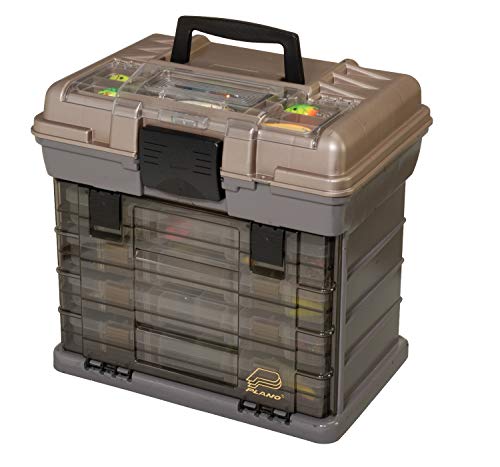- Joined
- Aug 14, 2016
- Messages
- 6,746
- Reaction score
- 3,622
- Location
- Northern California
- LOCATION
- Northern California
I’m pretty sure something similar was discussed in an earlier thread. Doggone it, I sure can’t find the thread and I don’t think there was ever a resolution.
I have remote steering. It is a single cable Teleflex Safe-T rotary steering system. My outboard is a Mercury 25 HP four stroke with power tilt & trim.
The steering is very “loose” with the result that at slow trolling speed the outboard sways all over the place. For example, if I stand or sit on the right side of the boat, the boat leans slightly to the right and the outboard will flop over to the right. If I move to the left side, the outboard flops over to the left. This is a real pain when I’m by myself and trying to strip out line or lower a downrigger. If I don’t pay attention, the boat will be going in circles before I know it. Obviously, it is not an issue when I have my hand on the wheel.
I would like a little tension on the steering or outboard swivel bracket so the motor doesn’t flop to whichever side the boat happens to be leaning. Again, I’m talking about idling along at 2 mph. This is not a prop torque issue. I have the trim tab set to counter prop torque at speed.
I’ve heard or read that some steering systems have a tensioning knob to address this. Unfortunately mine doesn’t have that feature. I also can’t find anything obvious to add tension to the outboard’s swivel bracket. I hope I'm missing something.
Hopefully I’m not the first to have this issue and someone can offer some advice on how to address this.
Thanks.
I have remote steering. It is a single cable Teleflex Safe-T rotary steering system. My outboard is a Mercury 25 HP four stroke with power tilt & trim.
The steering is very “loose” with the result that at slow trolling speed the outboard sways all over the place. For example, if I stand or sit on the right side of the boat, the boat leans slightly to the right and the outboard will flop over to the right. If I move to the left side, the outboard flops over to the left. This is a real pain when I’m by myself and trying to strip out line or lower a downrigger. If I don’t pay attention, the boat will be going in circles before I know it. Obviously, it is not an issue when I have my hand on the wheel.
I would like a little tension on the steering or outboard swivel bracket so the motor doesn’t flop to whichever side the boat happens to be leaning. Again, I’m talking about idling along at 2 mph. This is not a prop torque issue. I have the trim tab set to counter prop torque at speed.
I’ve heard or read that some steering systems have a tensioning knob to address this. Unfortunately mine doesn’t have that feature. I also can’t find anything obvious to add tension to the outboard’s swivel bracket. I hope I'm missing something.
Hopefully I’m not the first to have this issue and someone can offer some advice on how to address this.
Thanks.






























































